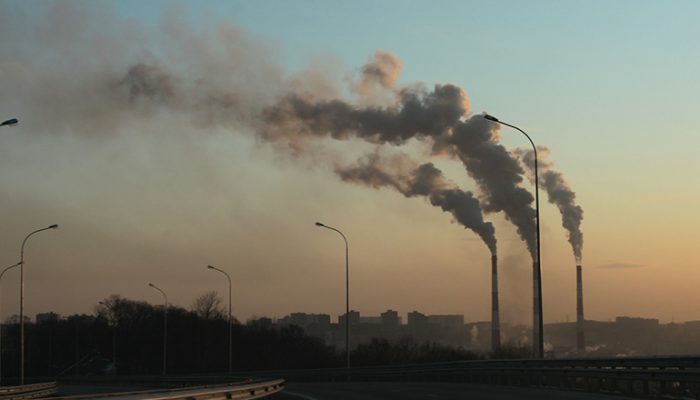Federal Court Tosses Obama-Era Ruling on Hydrofluorocarbons Used in Refrigeration and Air Conditioning
Environmental Leader, August 9, 2017

A federal court handed climate change advocates a narrow loss on Tuesday when it tossed an Obama-era ruling to phase out hydrofluorocarbons (HFCs) used in refrigeration and air conditioning.
The US Court of Appeals for the District of Columbia ruled 2-to-1 that the US Environmental Protection Agency cannot use the Clean Air Act as the vehicle to ban HFCs. That’s because the section of the law that EPA references is intended to protect the ozone layer. And by everyone’s admission, HFCs are not ozone-depleting substances.
“The fundamental problem for EPA is that HFCs are not ozone-depleting substances, as all parties agree,” the court said. “Because HFCs are not ozone-depleting substances, Section 612 would not seem to grant EPA authority to require replacement of HFCs.”
When emitted, HFCs are nearly 15,000 times more potent than CO2. While CO2 can last up to 100 years, HFCs last only 15 years. Because of their potency, however, Obama’s enacted a ruling in 2015 to phase out those gases. And it did so using the Clean Air Act. But the court said “no,” although it did say that EPA could remove HFCs from its list of acceptable gases used in air conditioning and refrigeration.
“When manufacturers stop using ozone-depleting substances in their products, manufacturers may need to replace those substances with a substitute substance,” the court said. “Under Section 612(a), EPA may require manufacturers to use safe substitutes when the manufacturers replace ozone-depleting substances.”
Despite the court’s ruling, US chemical companies say that they are working to produce climate-friendly products used in refrigeration and air conditioning, all to correspond to with an agreement reached in October 2016 in Kigali, Rwanda. That’s where about 150 countries vowed to phase out HFCs beginning in 2019.
It’s all part of the 1987 Montreal Protocol to prevent the depletion of the ozone layer. The Kigali effort extends to HFCs — one that would cut them by 80% by 2047. Companies such as Honeywell and Chemours have already begun investing millions in alternatives to HFCs.
“This ruling has significant implications for our industry and we will be monitoring the EPA’s response closely,” said Stephen Yurek, president and CEO of the Air-Conditioning, Heating, and Refrigeration Institute, told the Washington Examiner. He added that this association is committed to climate-friendly products and that it has endorsed the Kigali agreement.

To put the ruling in perspective, the EPA has broken down CO2 emissions by economic sector. The largest source of manmade emissions is from burning fossil fuels to generate electricity and to fuel transportation: 29% and 27%, respectively, in 2015.
After that, industry comprises 21%, commercial and residential buildings comprise 12% — the most appropriate category for HFCs — and agriculture makes up 9%.
